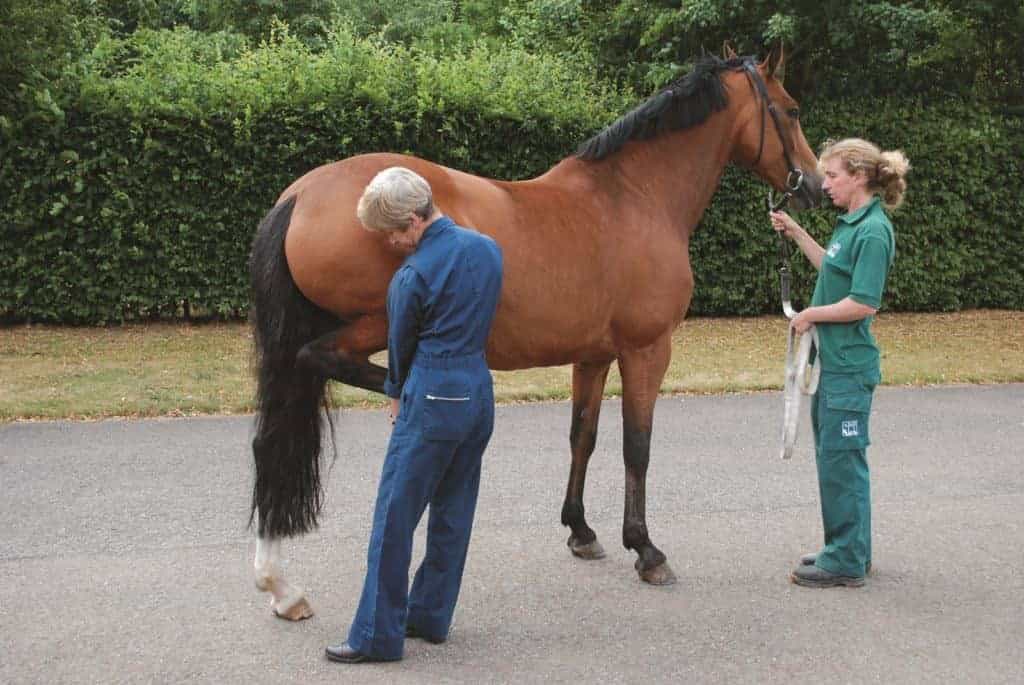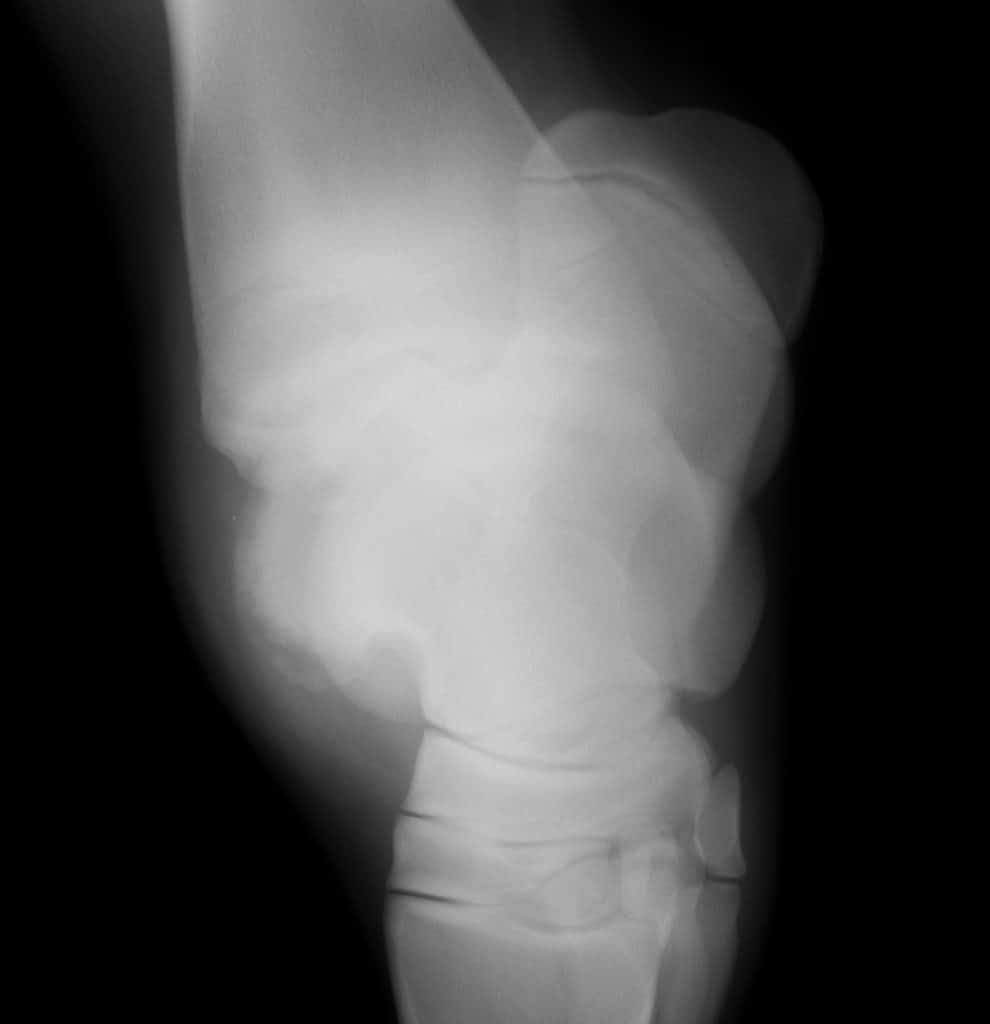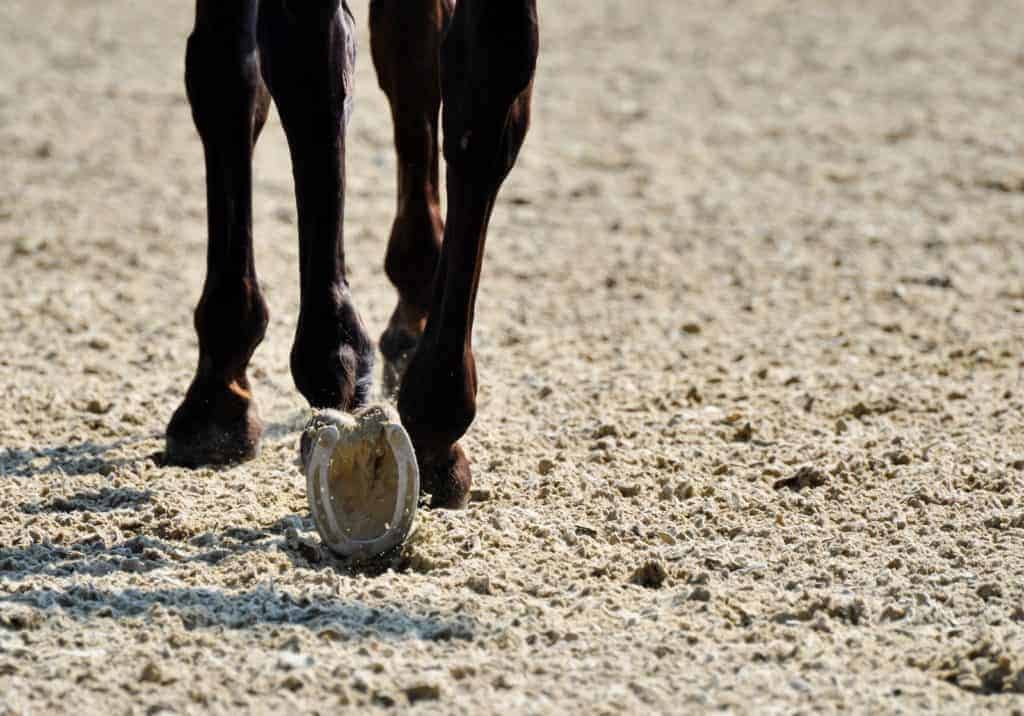
Top Equine Surgery Studies of 2013
Dr. Lisa Fortier shares her picks for the top equine surgery- and lameness-related studies of 2013.
Prevention, diagnosis, and treatment of leg lameness

Dr. Lisa Fortier shares her picks for the top equine surgery- and lameness-related studies of 2013.

Dr. Erin Denney-Jones shares information about joint injections in horses and what kind of horses or problems might benefit from joint injections.
Are joint injections meant to be used to prevent lameness, or as a therapeutic remedy for an existing problem?

Learn about equine intra-articular joint-injections for arthritis from a leading researcher and practitioner.

Researchers say third trochanter fractures probably aren’t career ending and generally heal without surgery.

The Animal Health Trust orthopedics team performs cutting-edge research of equine anatomy and function.

Learn about the splint bones, common problems, and treatments to alleviate those problems in horses.

Find out what legal recourse you might have against a seller after you buy a lame horse.

Researchers confirmed what some believed all along: JOCC might be one disease, but it?s a very complex one.

A better understanding of the lesions found in growing horse skeletons has led to clearer terminology.

Learn how veterinarians get to the bottom of lower-limb problems in the first of this two-part series.

Researchers used sensors to measure a horse’s movements and quantify limb movement outside a gait laboratory.

Learn about healthy hoof conformation and common, potentially function-affecting abnormalities.

Dr. David Frisbie of Colorado State University answers a reader question about whether oral and injectable equine supplements help prevent and treat arthritis, and he describes the importance of pursuing quality, tested products.

Researchers evaluated shoeing options to optimize hind hoof unrollment (or toe movement through the stride).

Recent research shows that a sensor-based system can effectively measure a horse?s response to flexion tests.
Stay on top of the most recent Horse Health news with
"*" indicates required fields